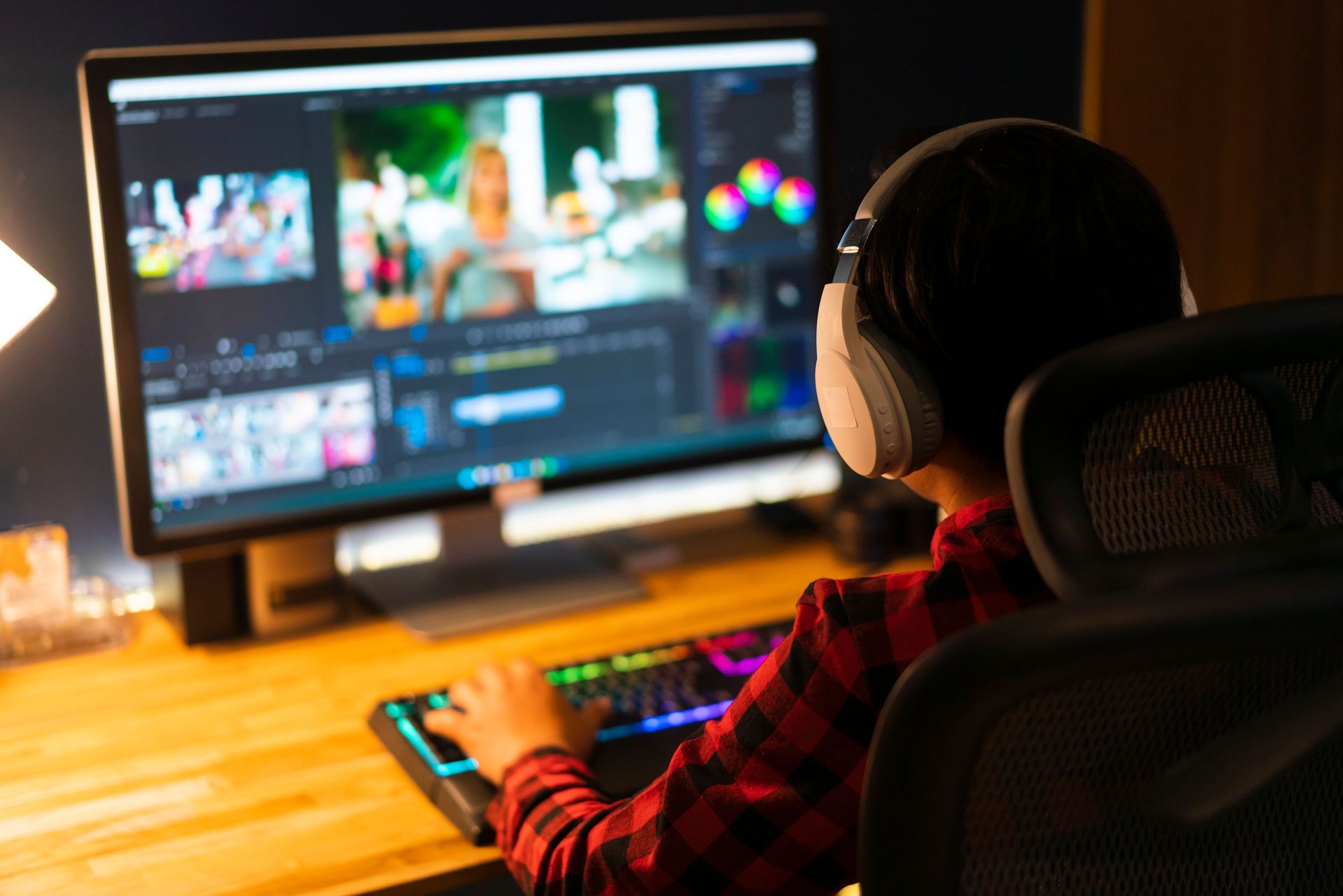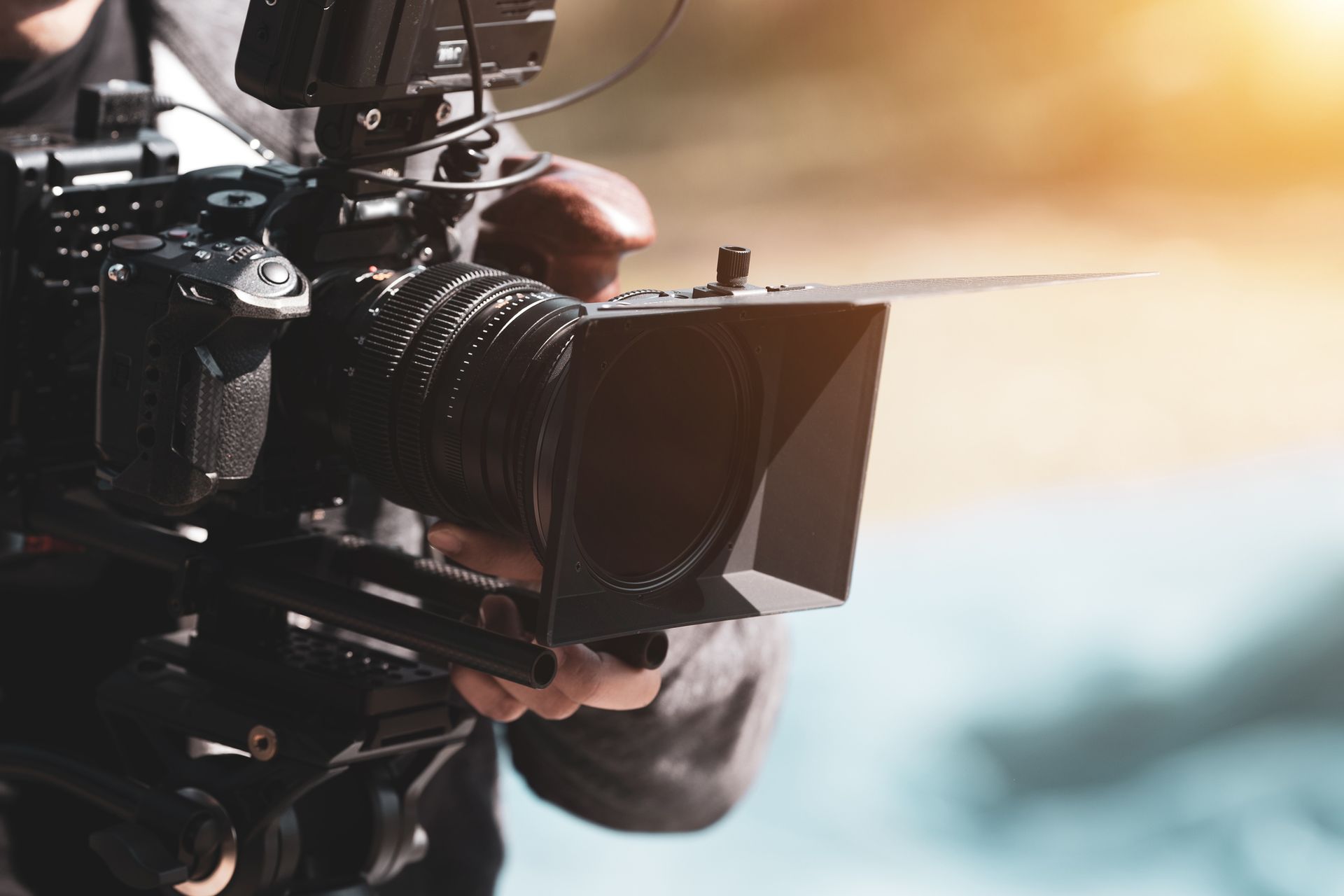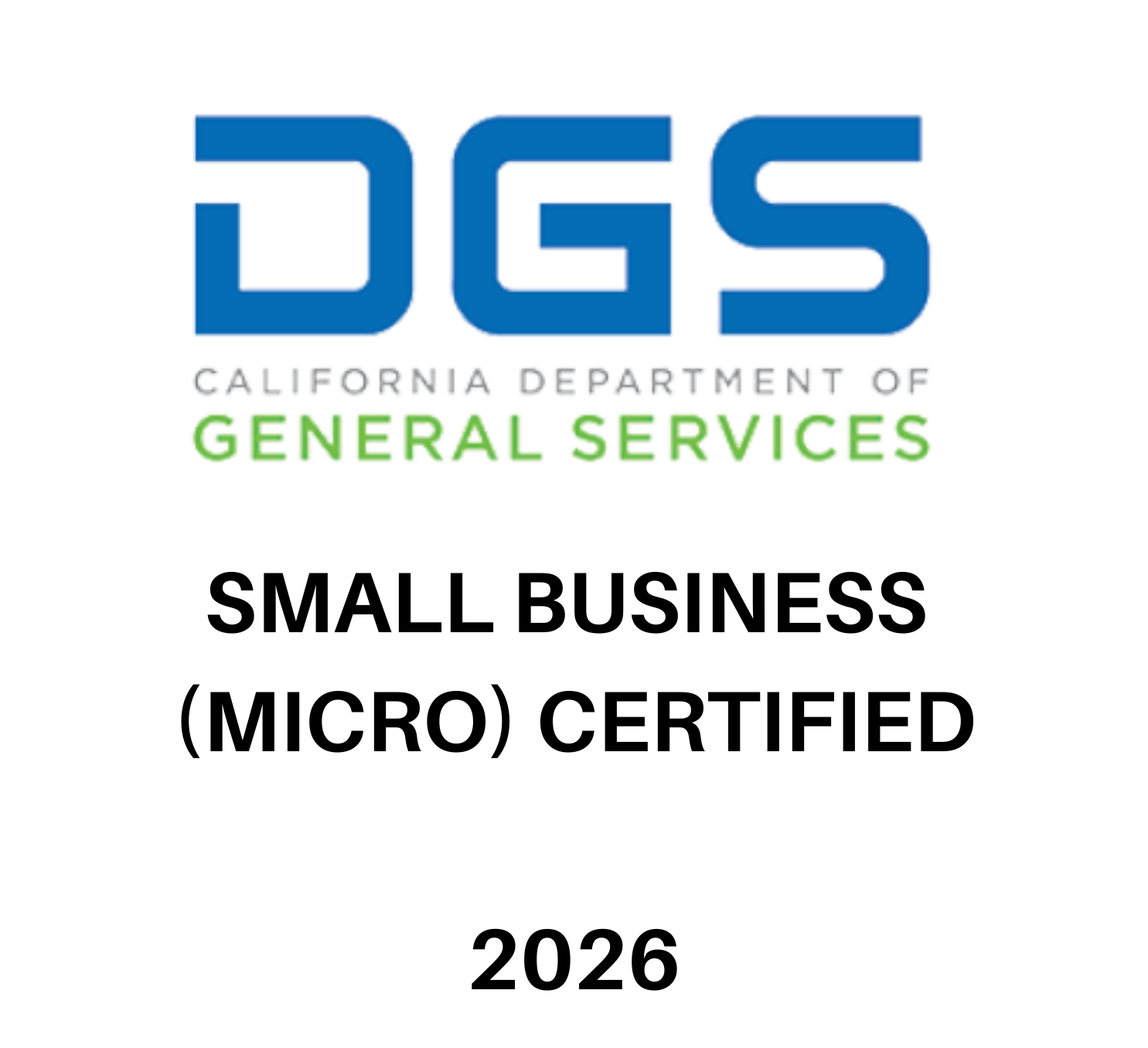Crafting a Compelling Video in 60 Seconds
In today's world driven by short attention spans, the content that you share online needs to be short and to the point. But how do you effectively capture emotion and tell a story in 60 seconds? In this blog post, we'll cover some formulaic tips that will help you get better and better at finding a focus for your 60-second story.
Get to the point: Capturing your audience's attention in the first few seconds is crucial. If you don't, people will scroll right past it. Video stories are a powerful medium for communication… and condensing your message in just 60 seconds is a challenging task. Your first sentence and first visuals need to be attention grabbing and engaging. If your soundbite or script doesn't make you invested the second you hear it, rewrite the script or choose another soundbite. Keep doing this until you find the right one that captures people's attention from the start. Not all stories have to be structured as "beginning, middle and end". Some stories start at the end. Sometimes that's where you find the most compelling sound. You can start at the end and work your way backwards. This takes some playing around with and editing practice to really get the hang of.
Define your message: Laser focus every video. When you only have 60 seconds, you simply cannot include everything you want to talk about. Find the most important points you want to make hone in on them. Clearly define the message and ask yourself, “What is the point of this video? Is it to inform? Inspire? Educate?” A clear message will keep your audience engaged.
Make every second count: When you have such a short amount of time to capture people's attention, every second matters. Use each moment wisely. Pick the most compelling visuals, the best soundbites, switch shots every few seconds, and use the most attention-grabbing elements.
Choose your music wisely: Music can make or break your video. Even though it shouldn't be the focus of your content, it can make a huge difference in the tone it sets. Music has the power to evoke emotion. Choose a soundtrack that complements (rather than detracts from) your message and enhances the viewer's experience. Make sure the music doesn't overpower the narration or visuals.
Use emotion to engage: This goes along with finding those compelling soundbites. Something to hook people right away. Something that evokes emotion like love, hope, etc.
Have a clear call to action (CTA): Once you've defined the purpose of your video, make sure to include a clear call to action at the end. Whether that's asking viewers to like, share, subscribe, donate, volunteer, apply, visit a website, etc. You won't get the results unless you ask.
Quality matters: Make sure you have good lighting, audio and video quality. These are essential elements in maintaining a viewer's interest. Shaky shots, hollow or static mics can distract rather than enhance your message.
Edit wisely: Spend a good amount of time in post-production to trim unnecessary sounds (edit out all the "ums" and "ahs", the empty spaces in between soundbites), add in necessary or intentional transitions but don't overproduce. Keep your editing tight to make sure your story flows smoothly.
Doing all of these things takes practice and time. Experiment with different methods and pay attention to people's feedback. What's resonating? What's creating cricket silence? Keep creating 60-second content and eventually you will master the art of the 60-second video story.













